View all Standards for Florida Sunshine State Standards
TH.912.H.1.3 Present a design or perform in the style of a different historical or cultural context to gain appreciation of that time and culture.

Part of the Drama One Curriculum
Commedia Dell'Arte
by Karen Loftus
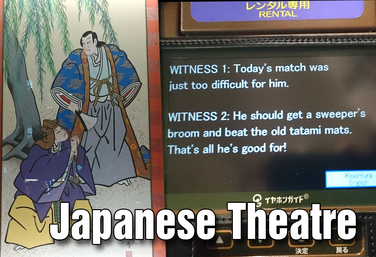
Part of the Drama One Curriculum
Japanese Theatre
by Karen Loftus
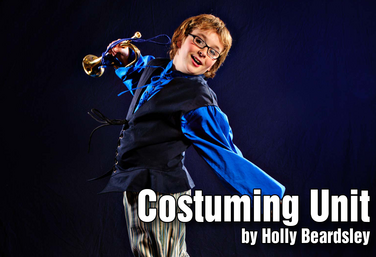
Costuming
by Holly Beardsley
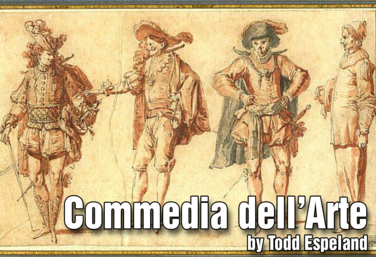
Commedia dell'Arte
by Todd Espeland
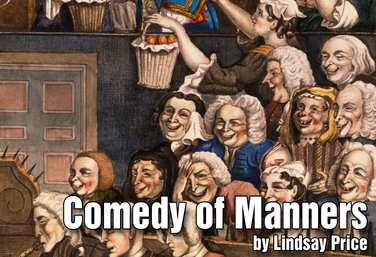
Comedy of Manners
by Lindsay Price
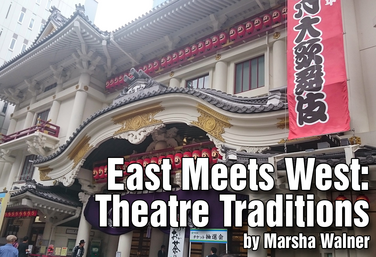
East Meets West: Theatre Traditions
by Marsha Walner
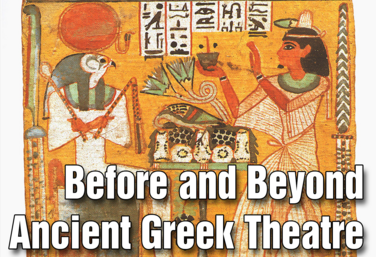
Part of the Theatre History Curriculum
Unit 1: Before and Beyond Ancient Greek Theatre
by Drama Teacher Academy
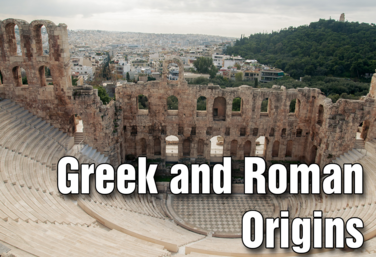
Part of the Theatre History Curriculum
Unit 2: Greek & Roman Origins
by Drama Teacher Academy
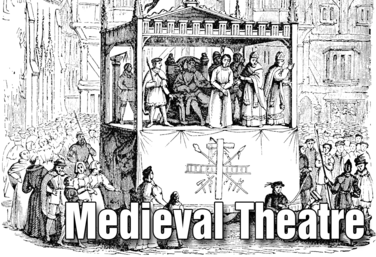
Part of the Theatre History Curriculum
Unit 3: Medieval Theatre
by Drama Teacher Academy
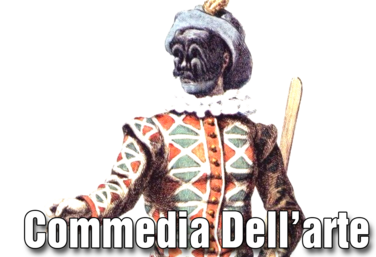
Part of the Theatre History Curriculum
Unit 4: Commedia Dell'Arte
by Drama Teacher Academy
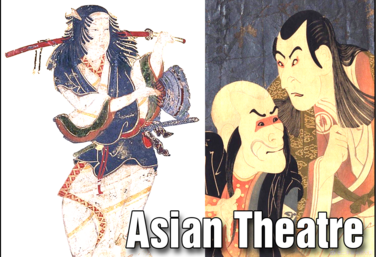
Part of the Theatre History Curriculum
Unit 5: Asian Theatre
by Drama Teacher Academy
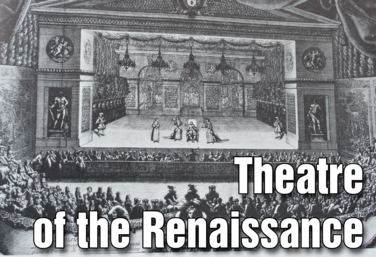
Part of the Theatre History Curriculum
Unit 6: Theatre of the Renaissance
by Drama Teacher Academy
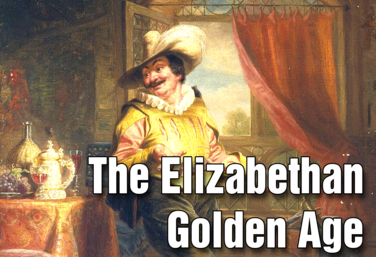
Part of the Theatre History Curriculum
Unit 7: The Elizabethan Golden Age
by Drama Teacher Academy
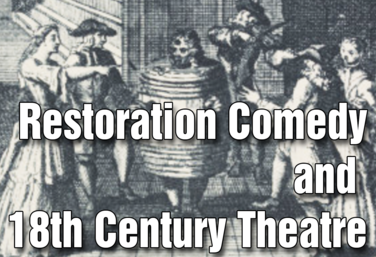
Part of the Theatre History Curriculum
Unit 8: Restoration Comedy & 18th Century Theatre
by Drama Teacher Academy
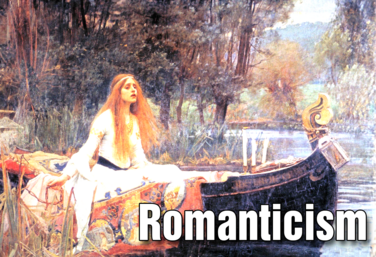
Part of the Theatre History Curriculum
Unit 9: Romanticism
by Drama Teacher Academy
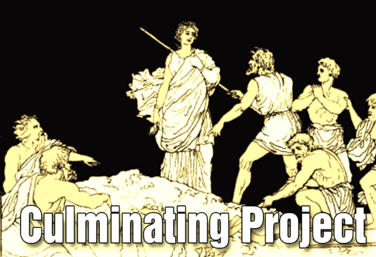
Part of the Theatre History Curriculum
Culminating Project
by Drama Teacher Academy
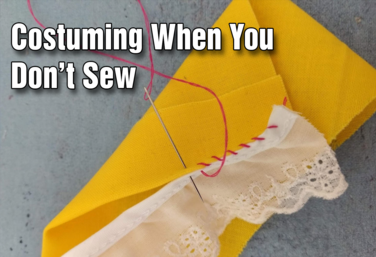
Tech Theatre Unit: Costuming When You Don't Sew
by Drama Teacher Academy
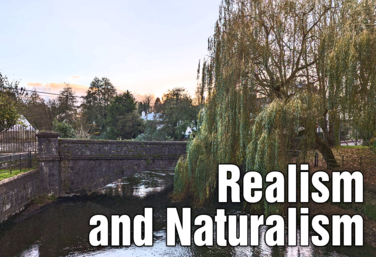.png)
Realism and Naturalism
by Drama Teacher Academy

The Do-it-All Director's Introduction to Costuming
by Holly Beardsley

Concept-Based Design for the Theatre Teacher
by Matt Webster
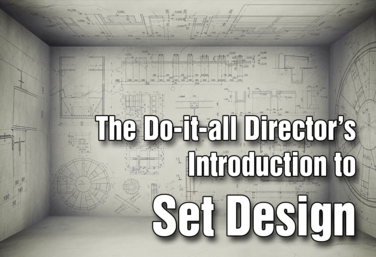
The Do-it-All Director's Introduction to Set Design
by Holly Beardsley
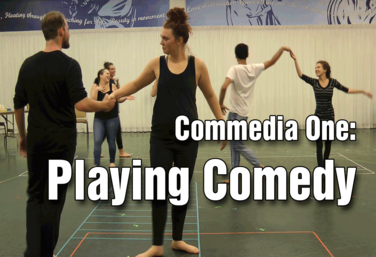
Commedia I: Playing Comedy
by Todd Espeland
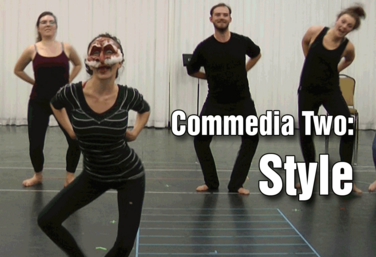
Commedia II: Style
by Todd Espeland
View all Standards for Florida Sunshine State Standards Standards Master List